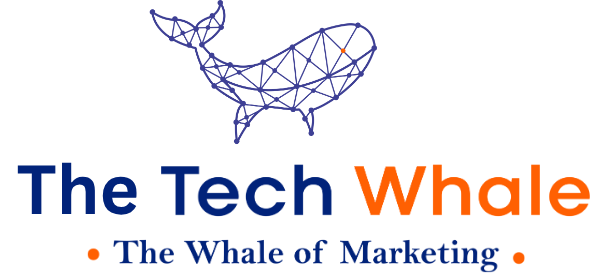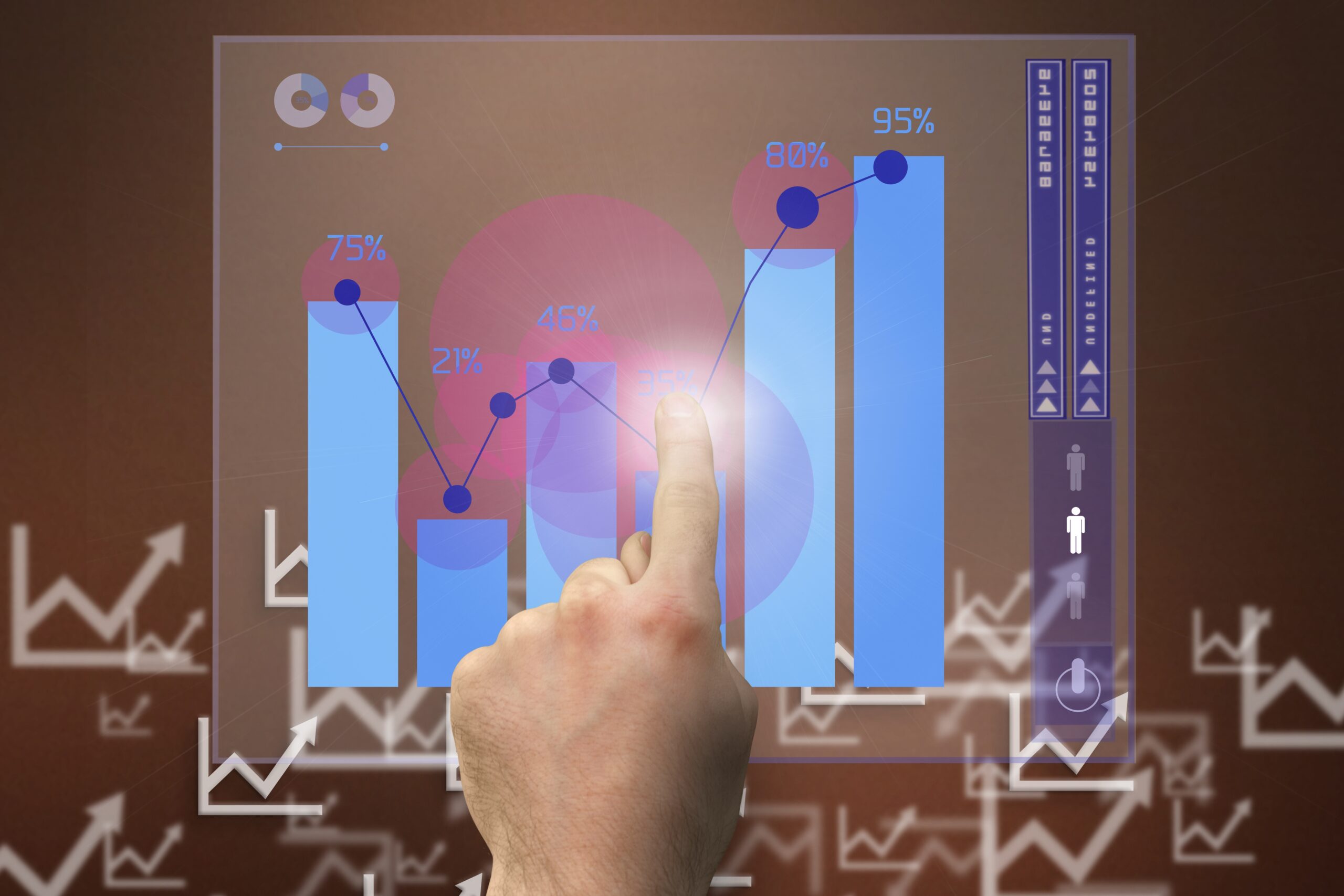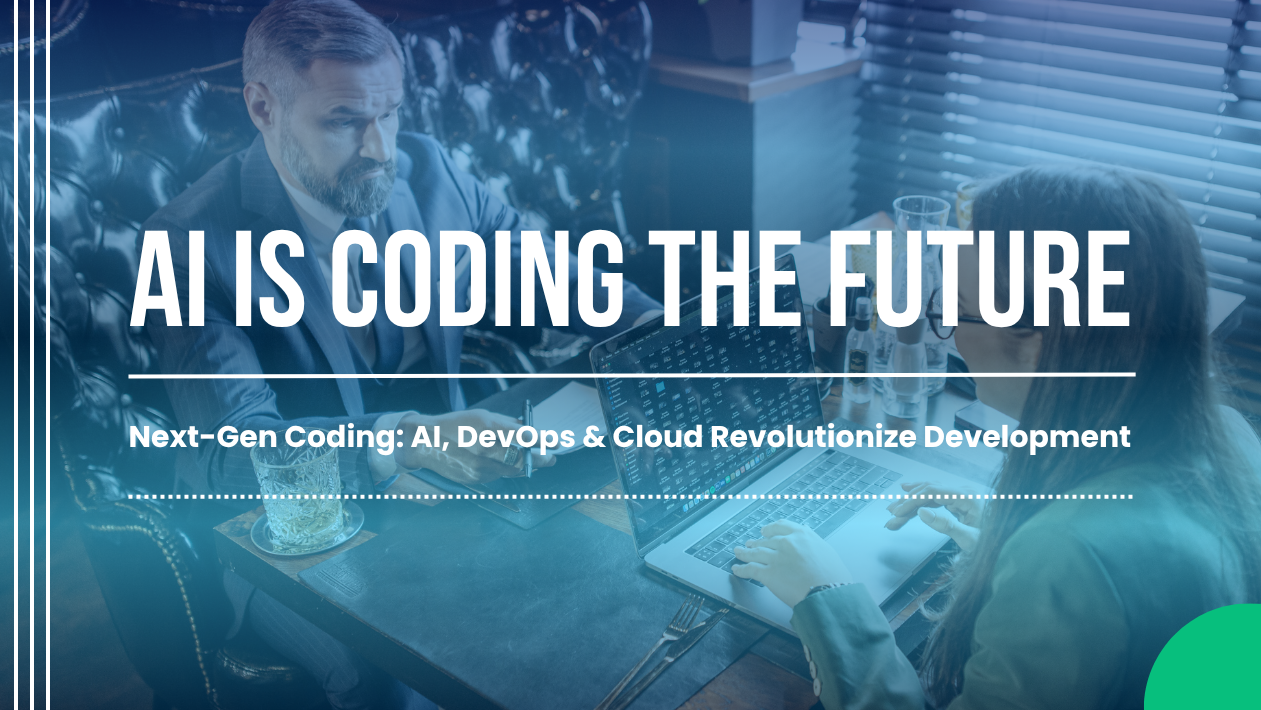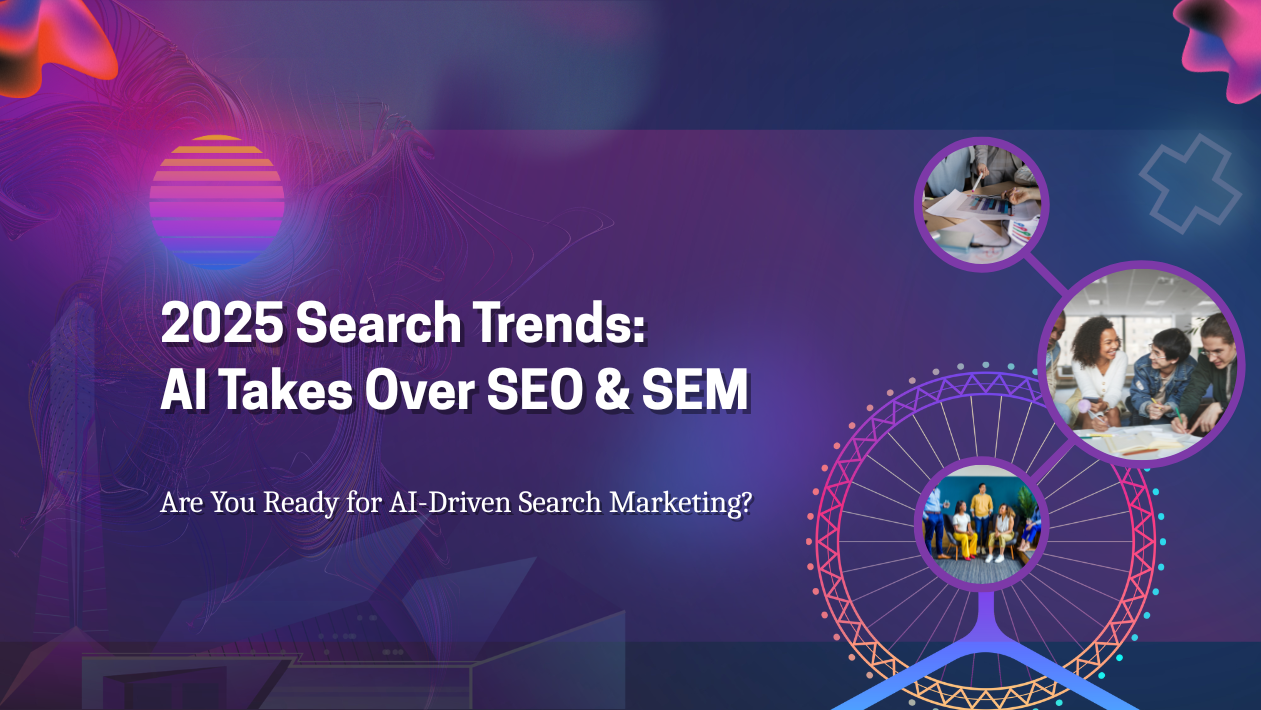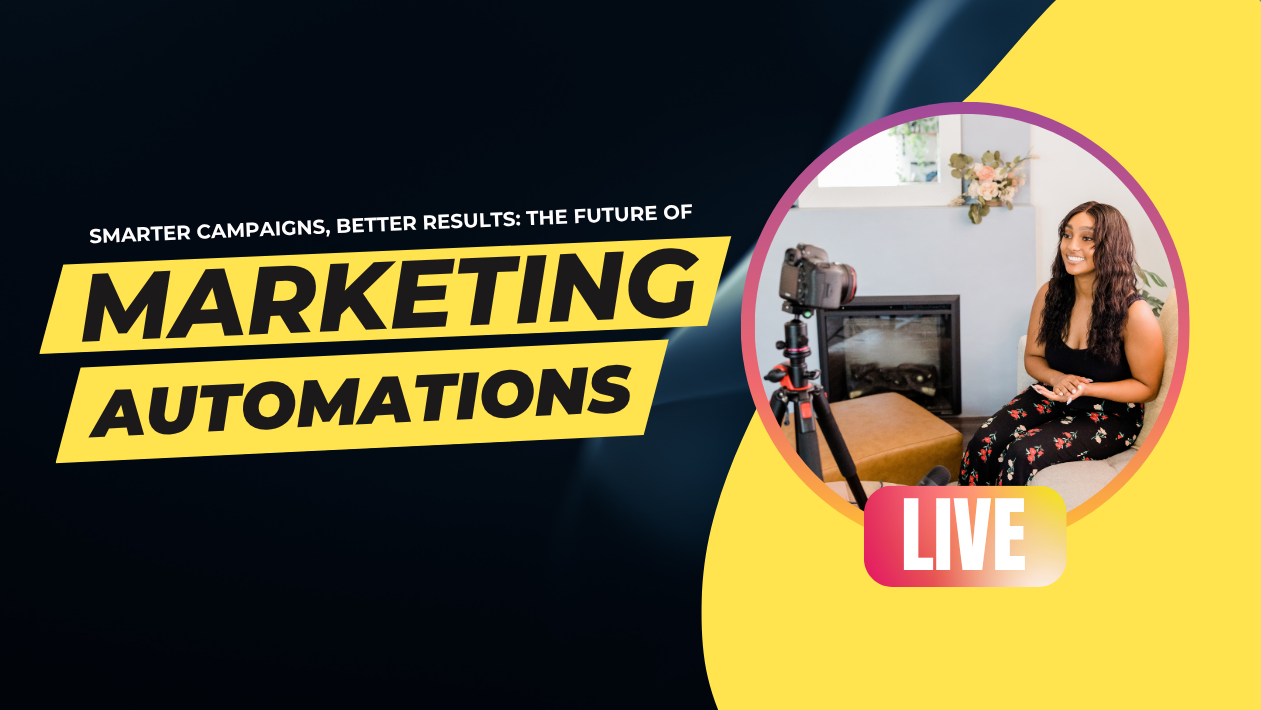As organizations race toward becoming data-first enterprises, 2025 marks a tipping point in the world of Data & Analytics (D&A). The convergence of real-time data processing, AI-enhanced analytics, and cloud-native platforms is transforming how businesses make decisions—faster, smarter, and more proactively than ever before.
Real-Time Analytics Becomes the New Standard
The traditional batch-processing model is fading fast. Companies now demand real-time dashboards and live-streamed data insights to respond instantly to changing customer behavior, market conditions, and operational risks.
Platforms like Snowflake, Databricks, and Google BigQuery are integrating with tools like Apache Kafka and Fivetran to deliver streaming data pipelines at scale.
AI + BI: Smarter Dashboards, Predictive Analytics
The integration of artificial intelligence into business intelligence (BI) tools is changing the analytics game. Solutions like Microsoft Power BI, Tableau GPT, and Looker Studio now offer natural language queries, automated insight generation, and predictive trend forecasts with minimal human input.
This enables business users—not just data scientists—to extract value from complex datasets without writing a single line of code.
Data Democratization Accelerates
2025 has seen a surge in data literacy programs and self-service analytics across industries. From marketing teams analyzing customer journeys to HR leaders tracking workforce trends, access to intuitive analytics tools is becoming universal.
Companies are embedding data-driven decision-making into every layer of operations—from frontline staff to the C-suite.
Privacy-First Data Strategies Gain Ground
With evolving global regulations like GDPR 2.0, India’s DPDP Act, and California’s CPRA, enterprises are prioritizing data governance, consent management, and zero-trust architectures.
Privacy-enhancing technologies (PETs) and data clean rooms are gaining popularity, especially in industries like retail, healthcare, and finance, where compliance is critical.
Edge Analytics Grows in Manufacturing and IoT
As the Internet of Things (IoT) expands, edge analytics is enabling factories, logistics firms, and smart cities to process data locally—reducing latency, bandwidth use, and downtime.
Real-time analytics at the edge is helping detect machinery faults, optimize energy use, and improve autonomous vehicle navigation with instant feedback loops.
Data Fabric and Data Mesh Architectures Scale Enterprise Use
To combat siloed data systems, organizations are adopting data fabric and data mesh approaches—giving teams faster, governed access to distributed datasets across business units.
This modular architecture is especially popular among large enterprises with diverse data sources and cloud providers.
Outlook: From Data Collection to Data Monetization
Looking ahead, the focus is shifting from just collecting data to monetizing it responsibly. Companies are exploring new revenue streams through data marketplaces, external APIs, and AI-driven product recommendations, turning analytics into a key business asset.
